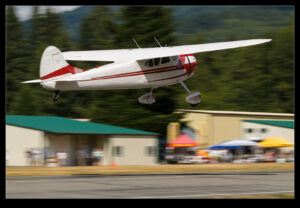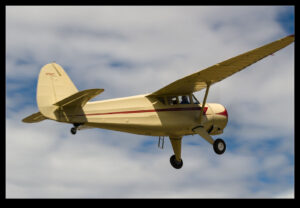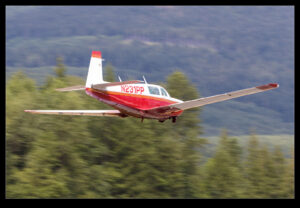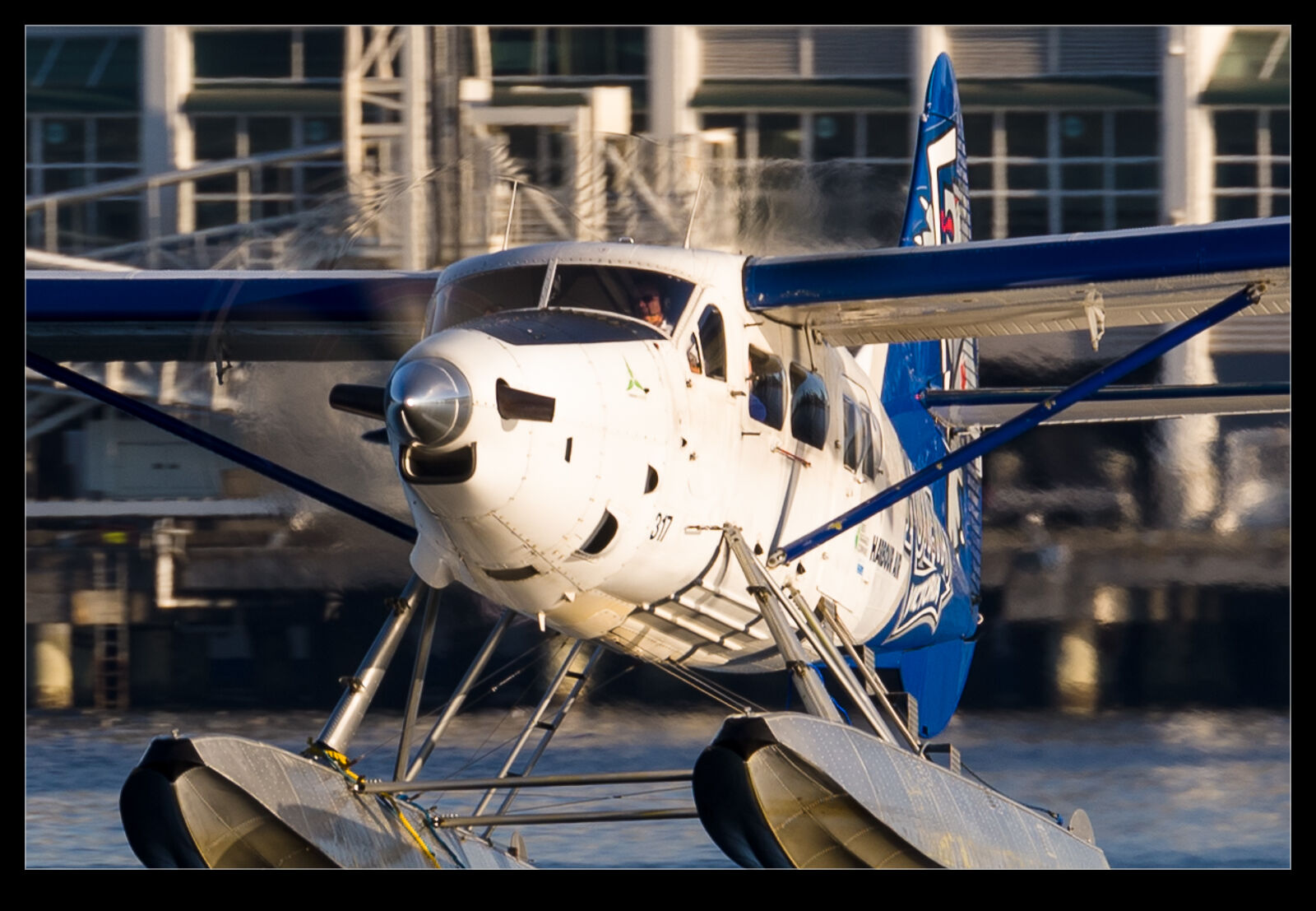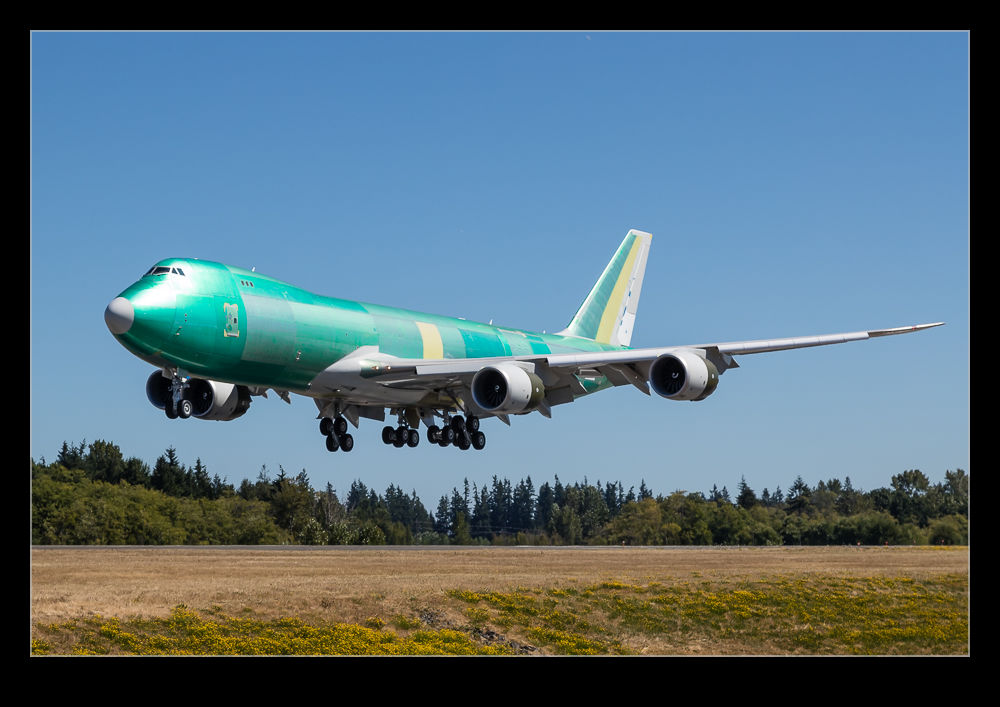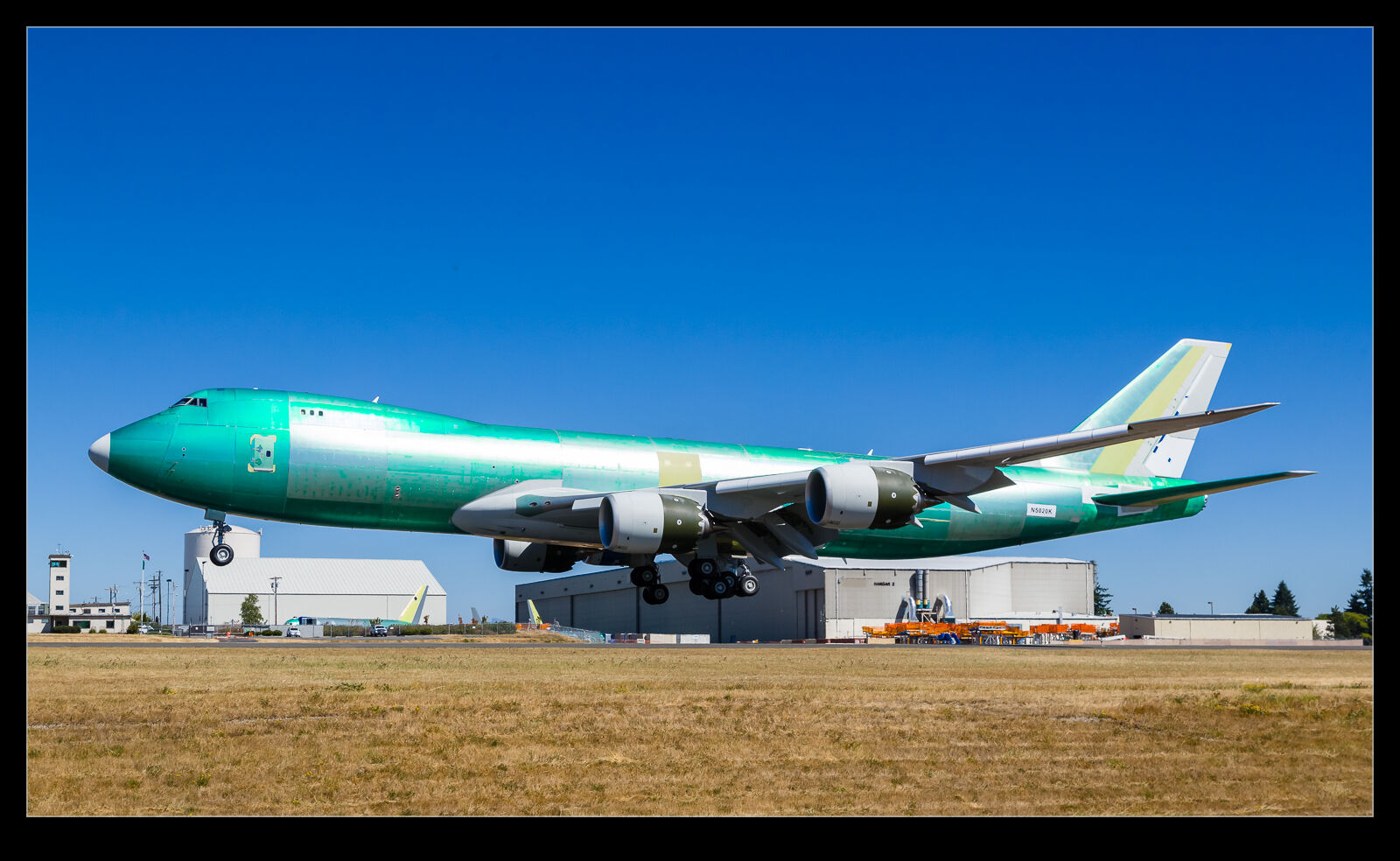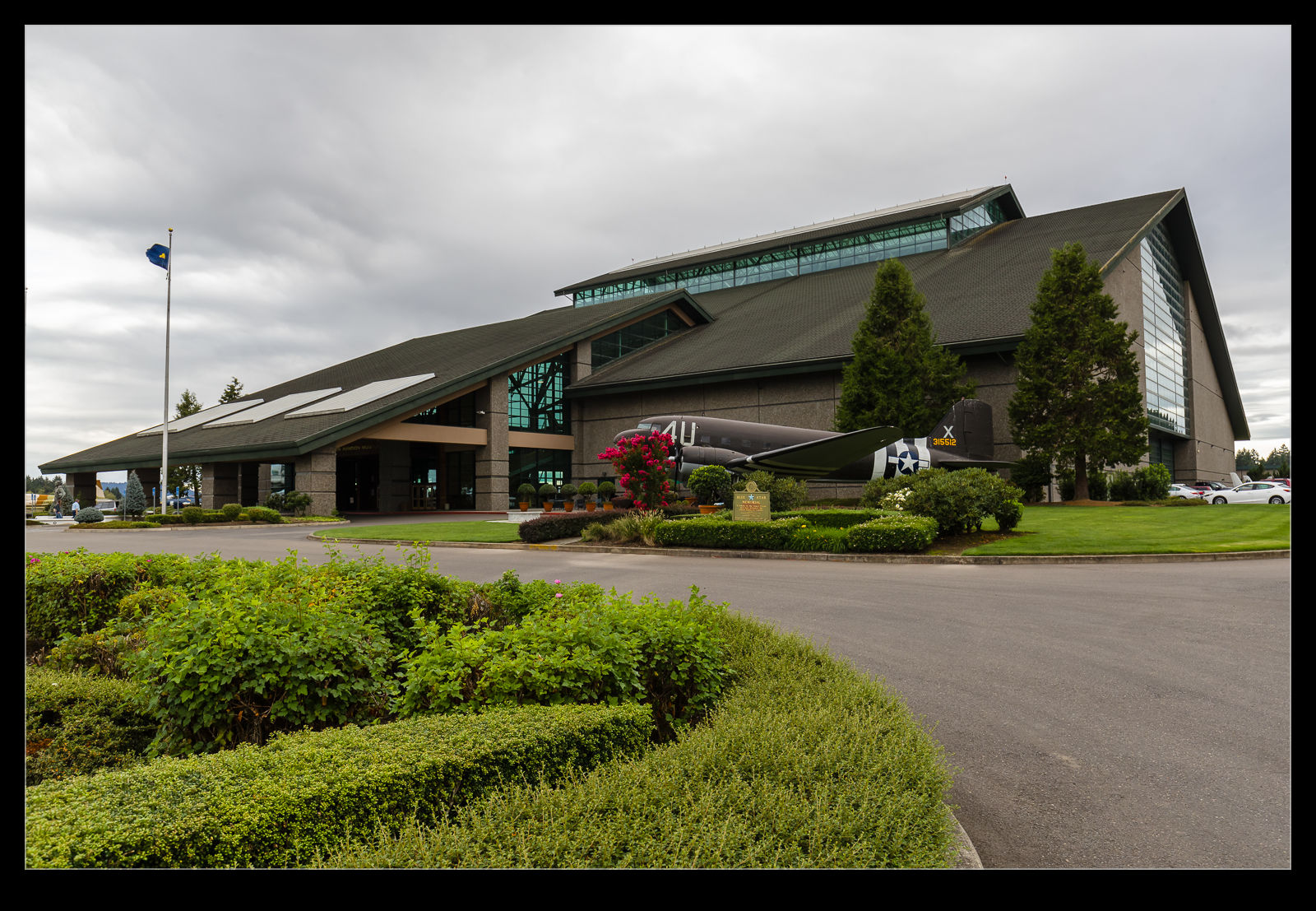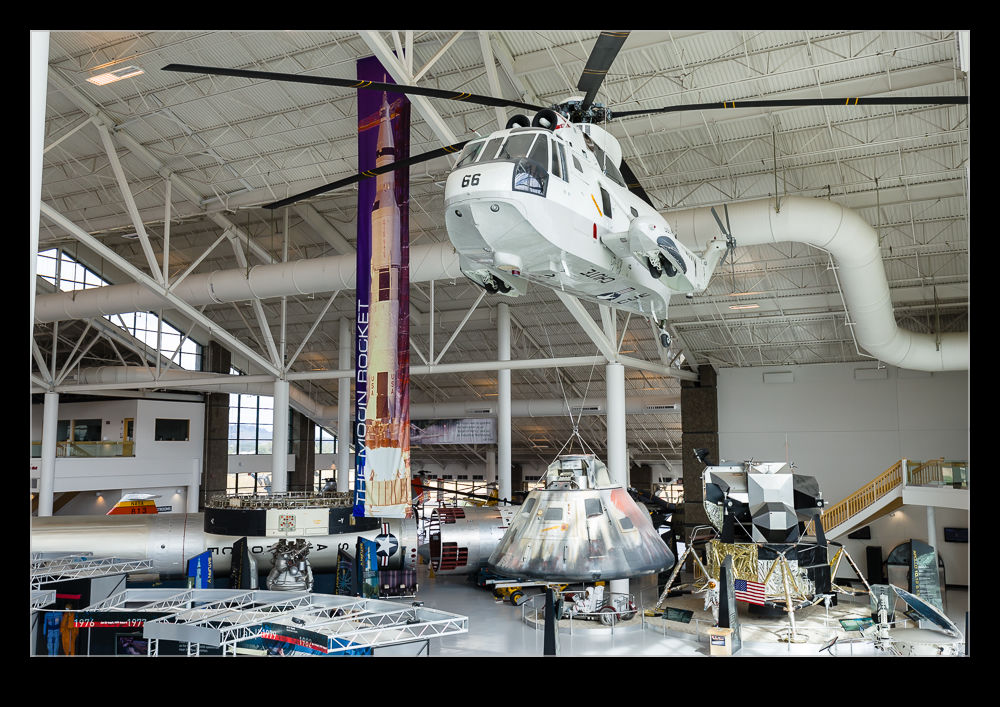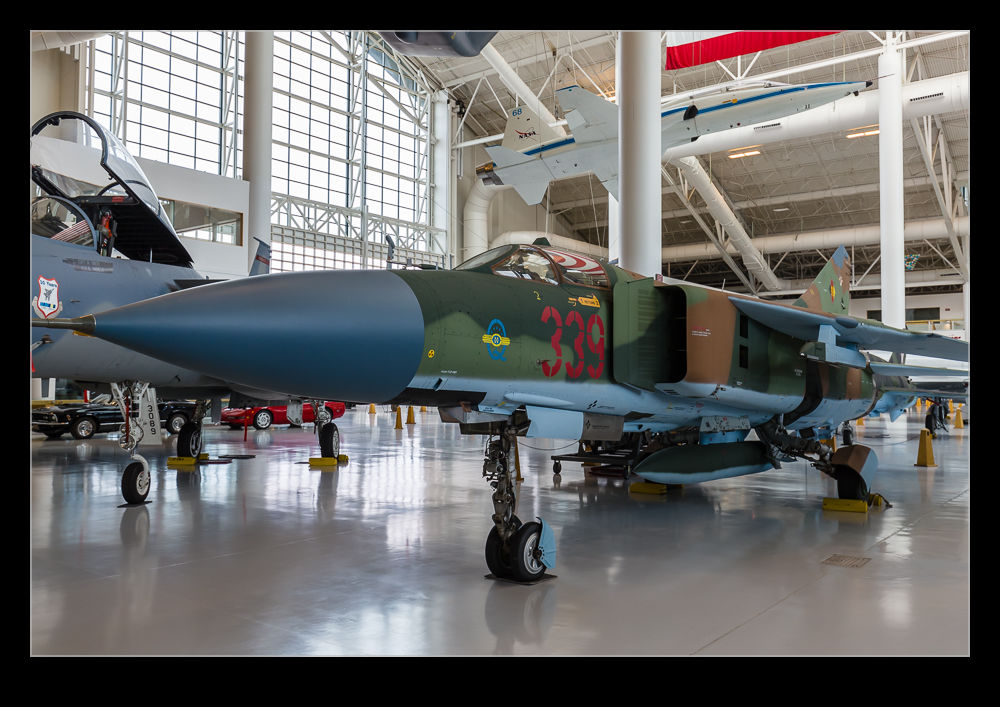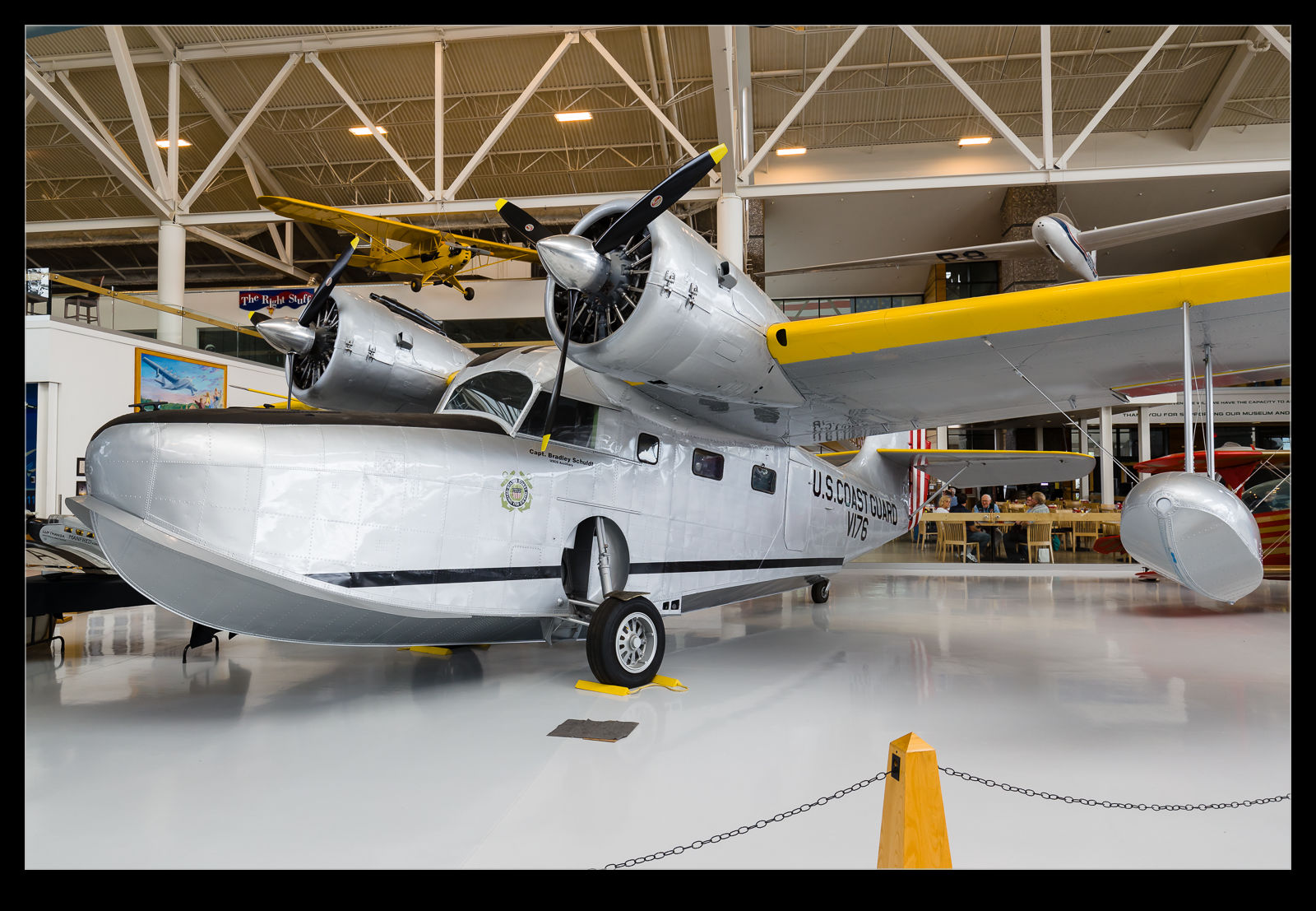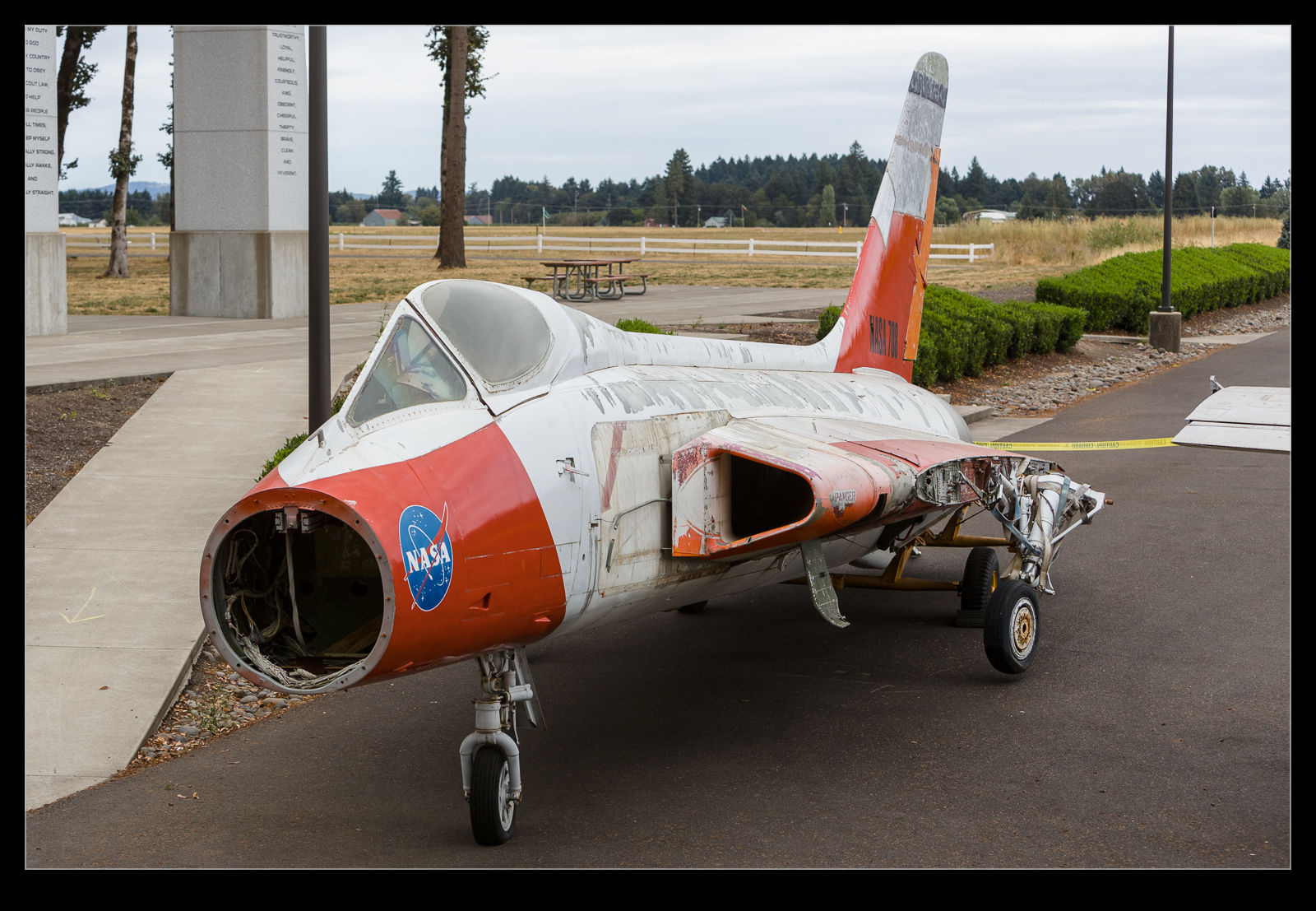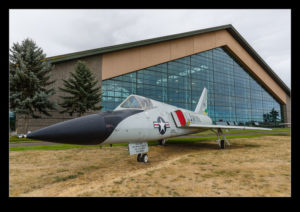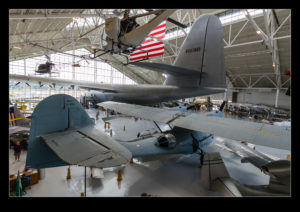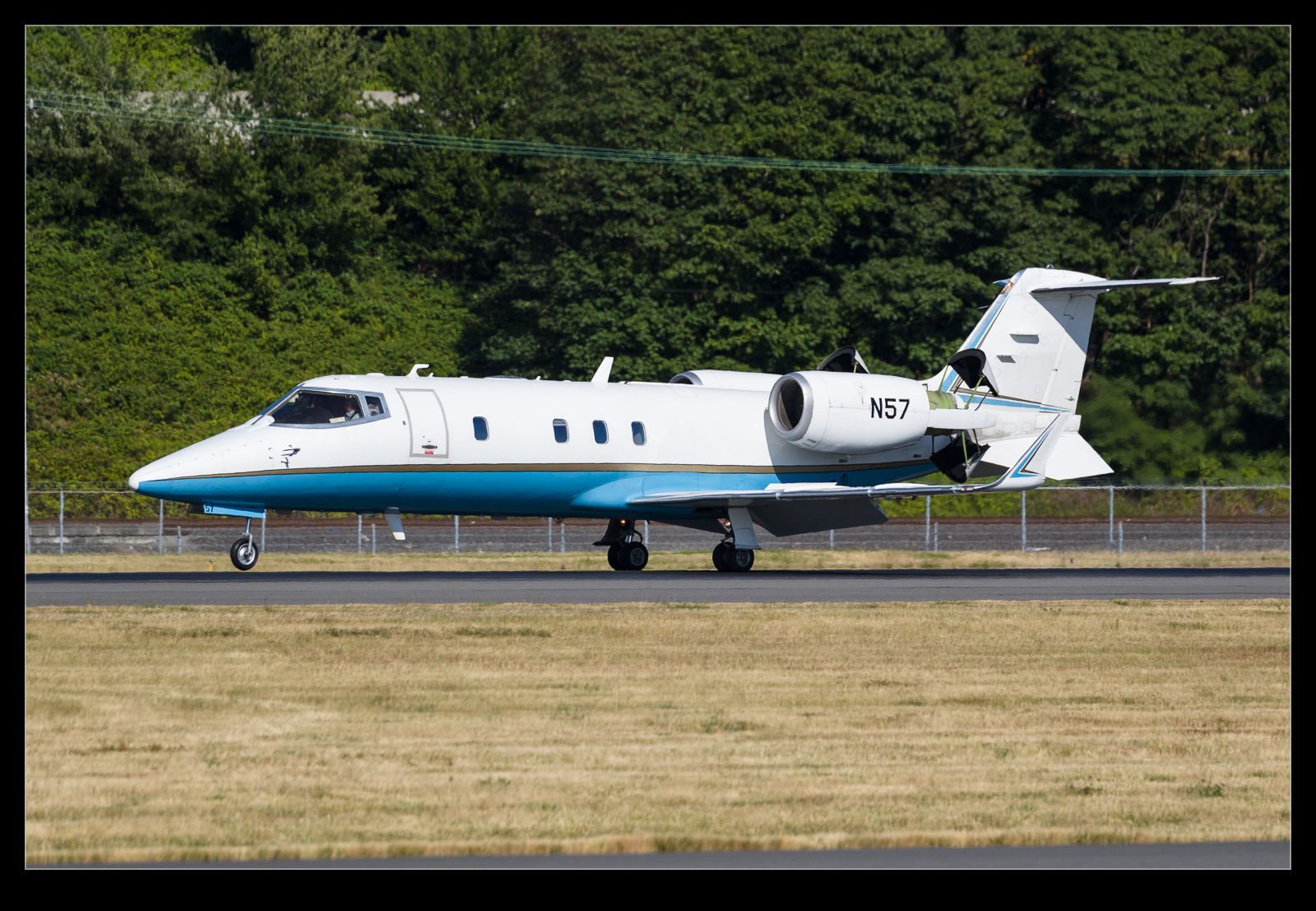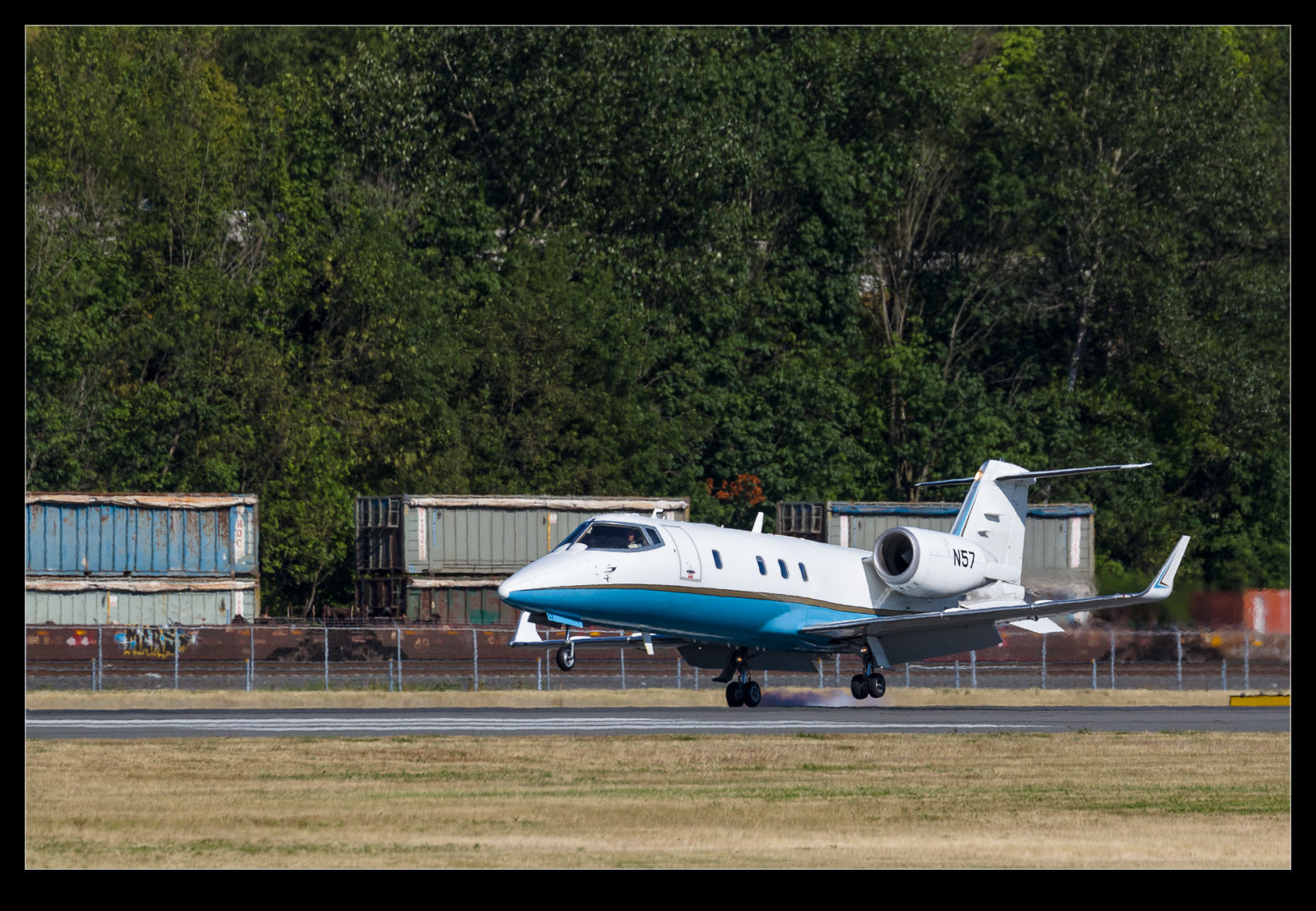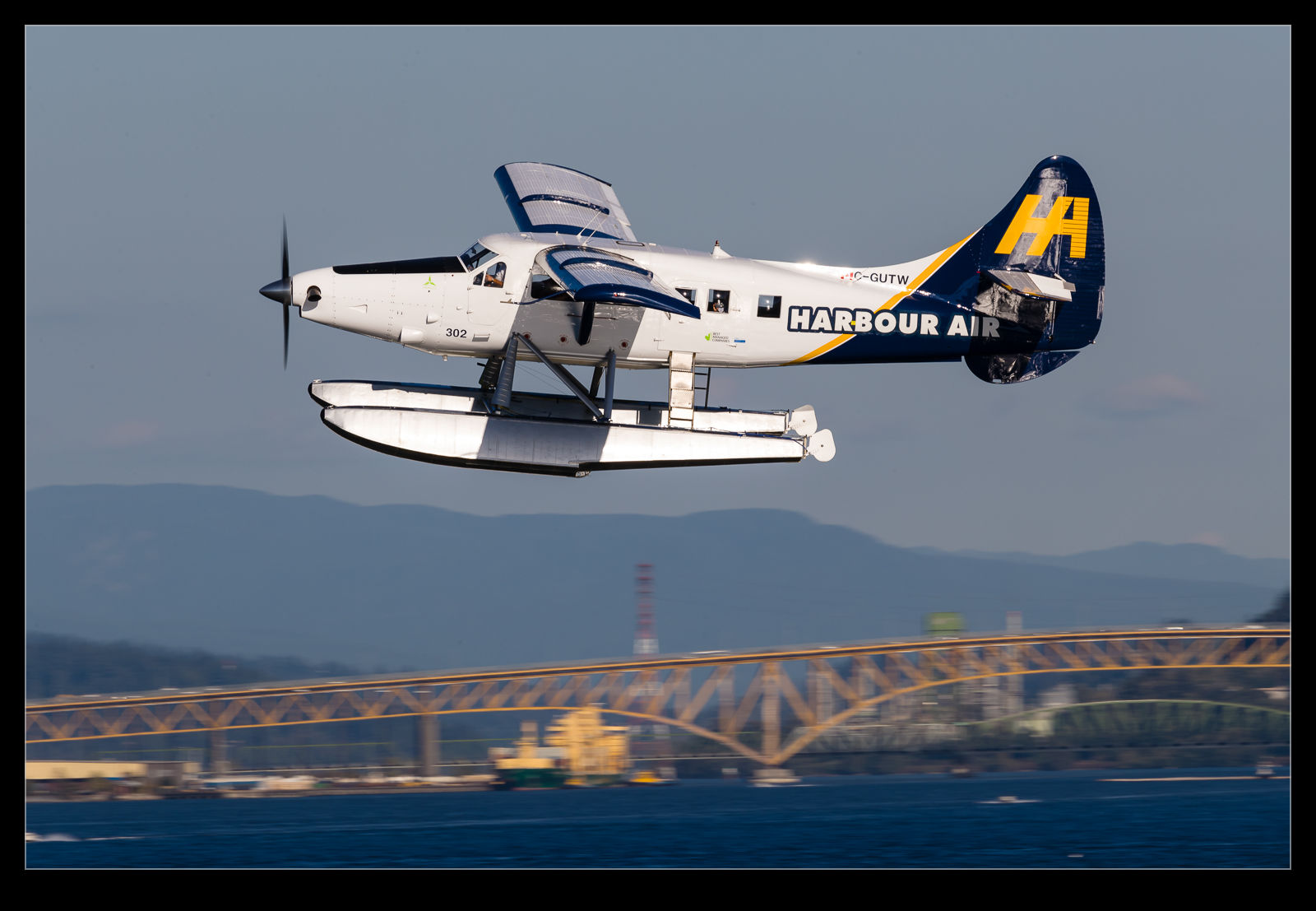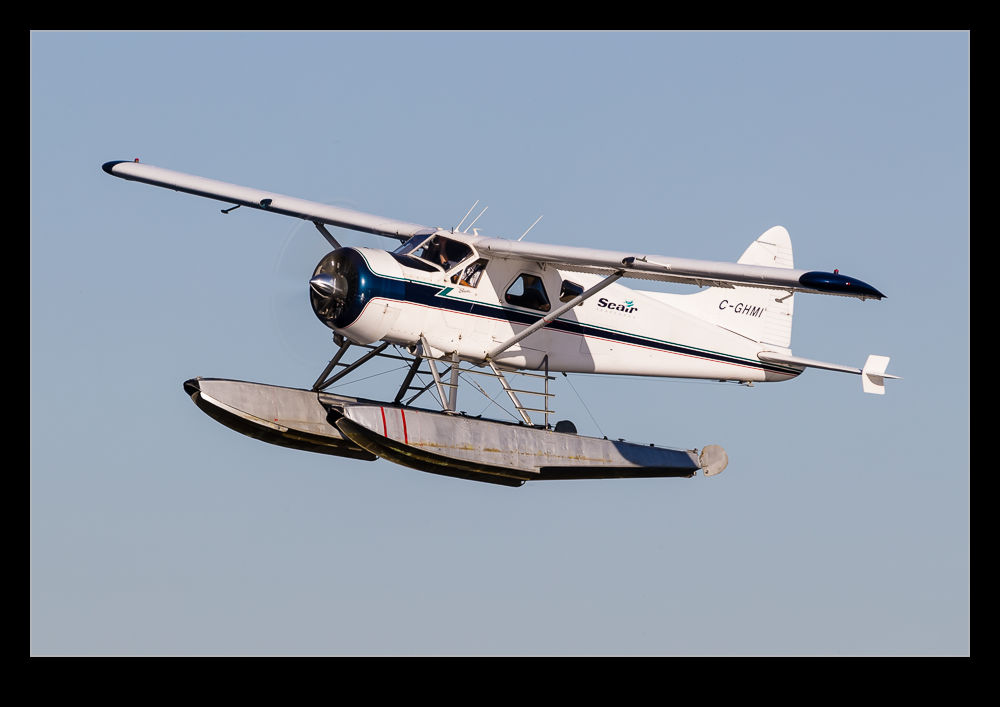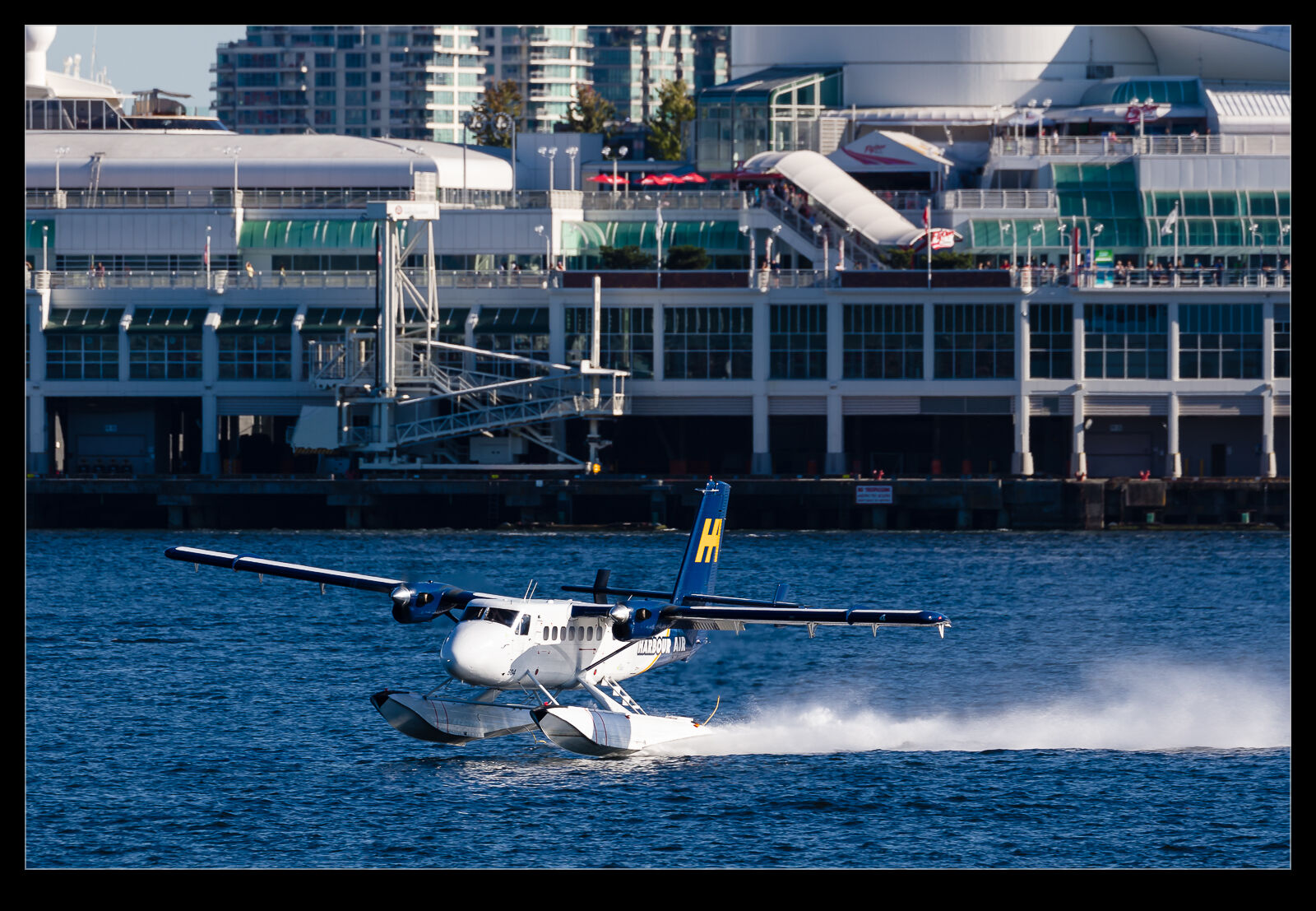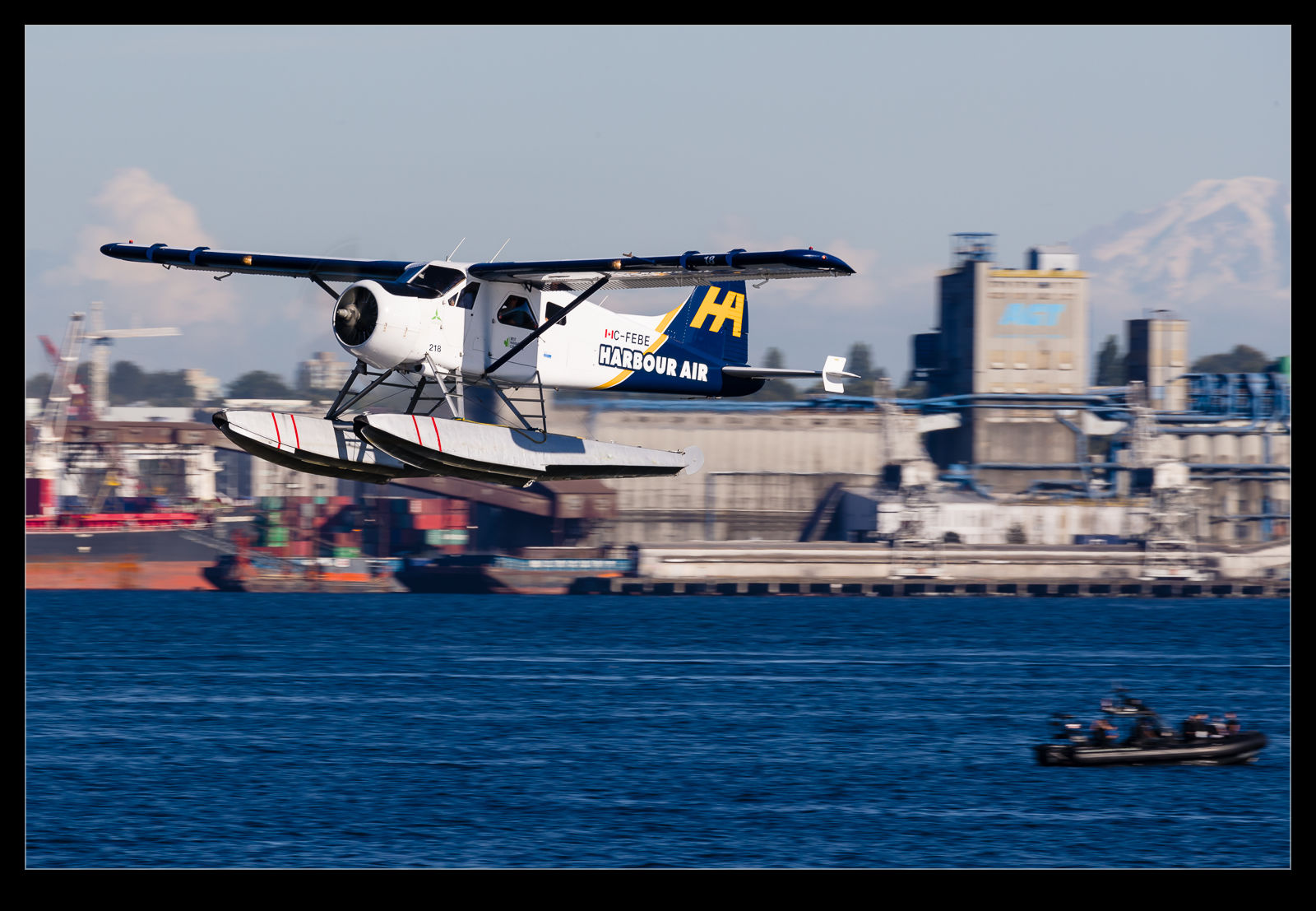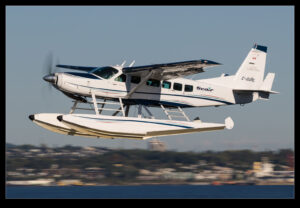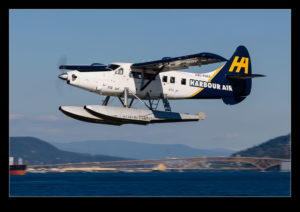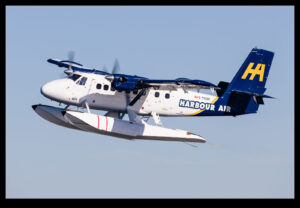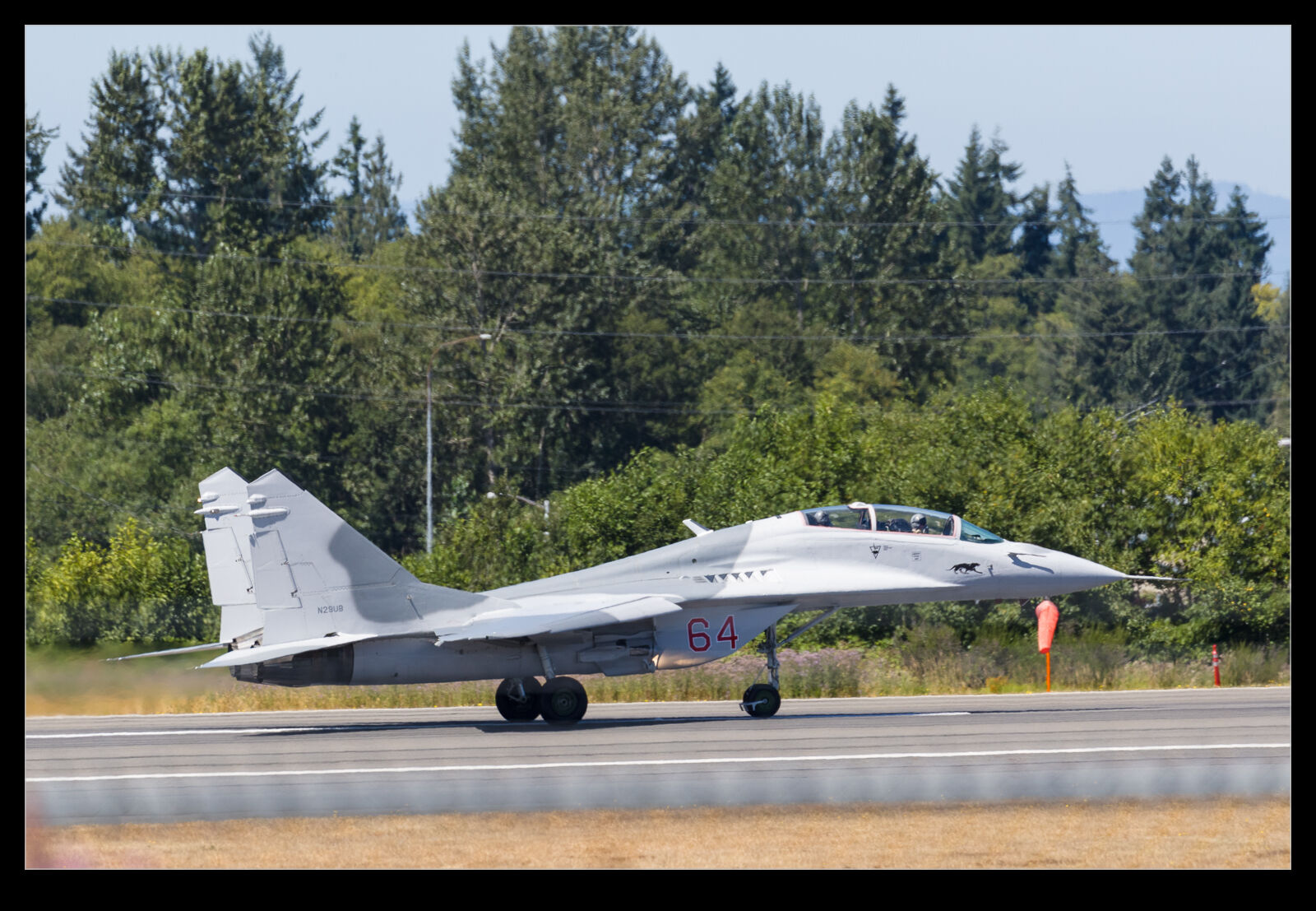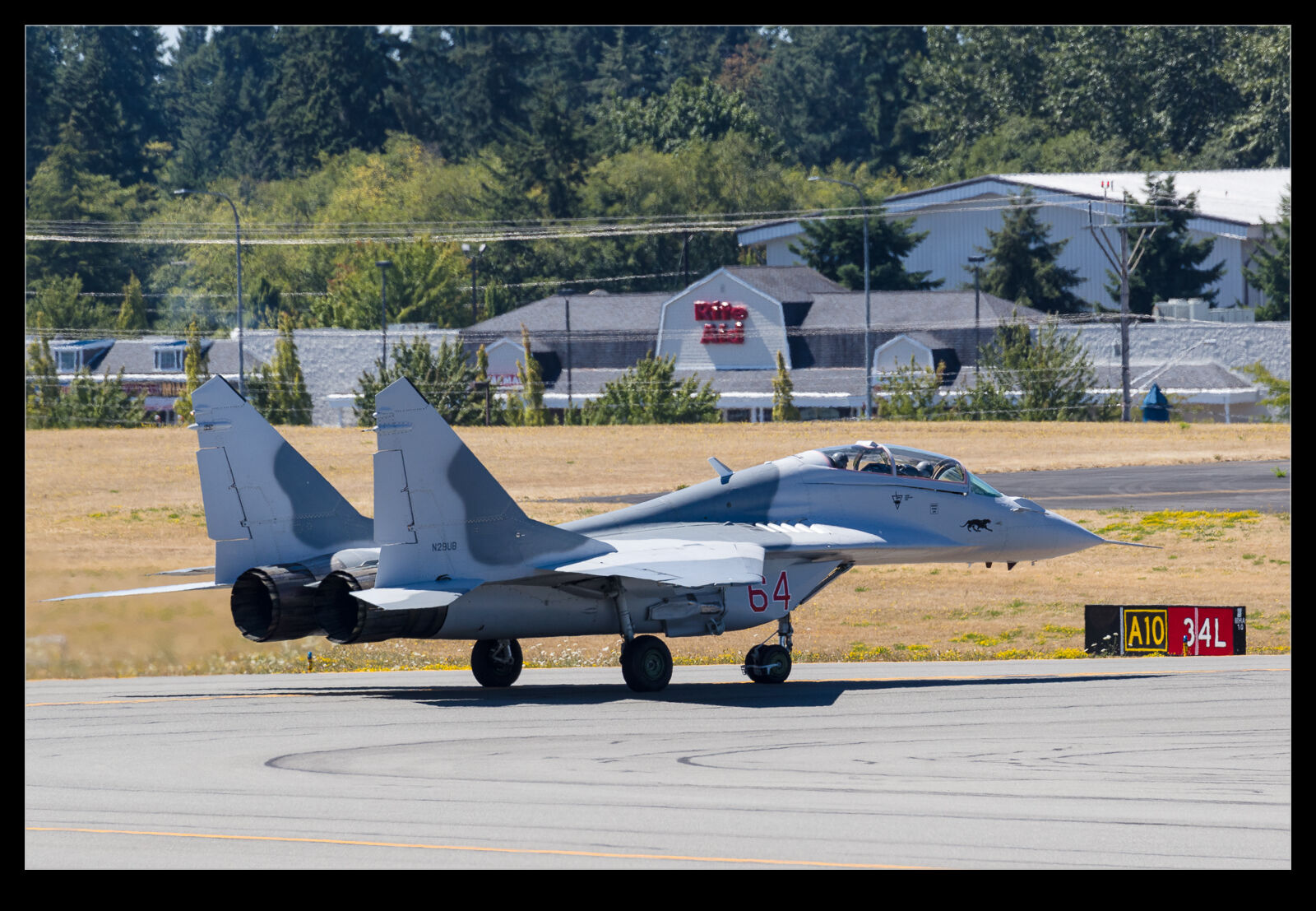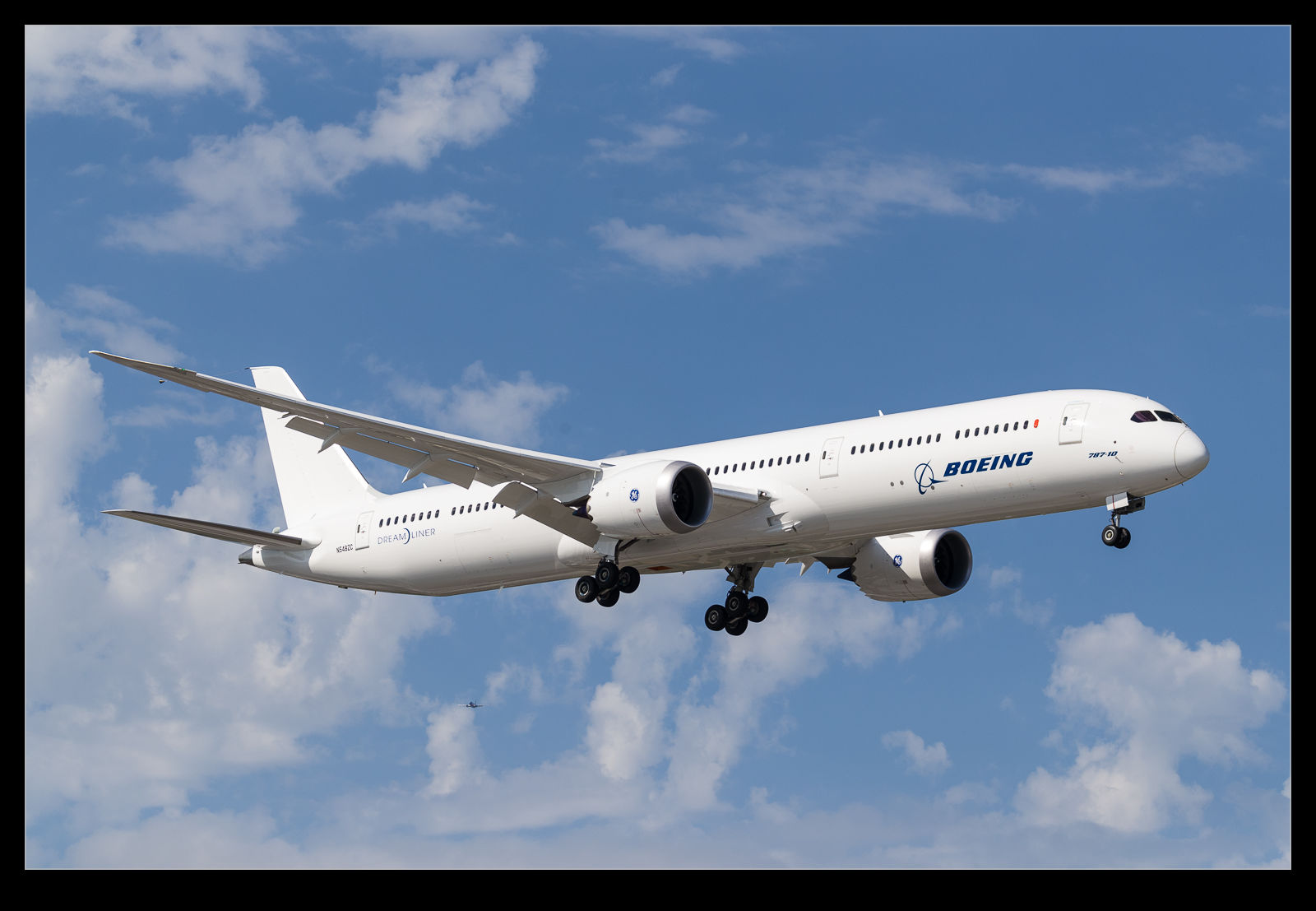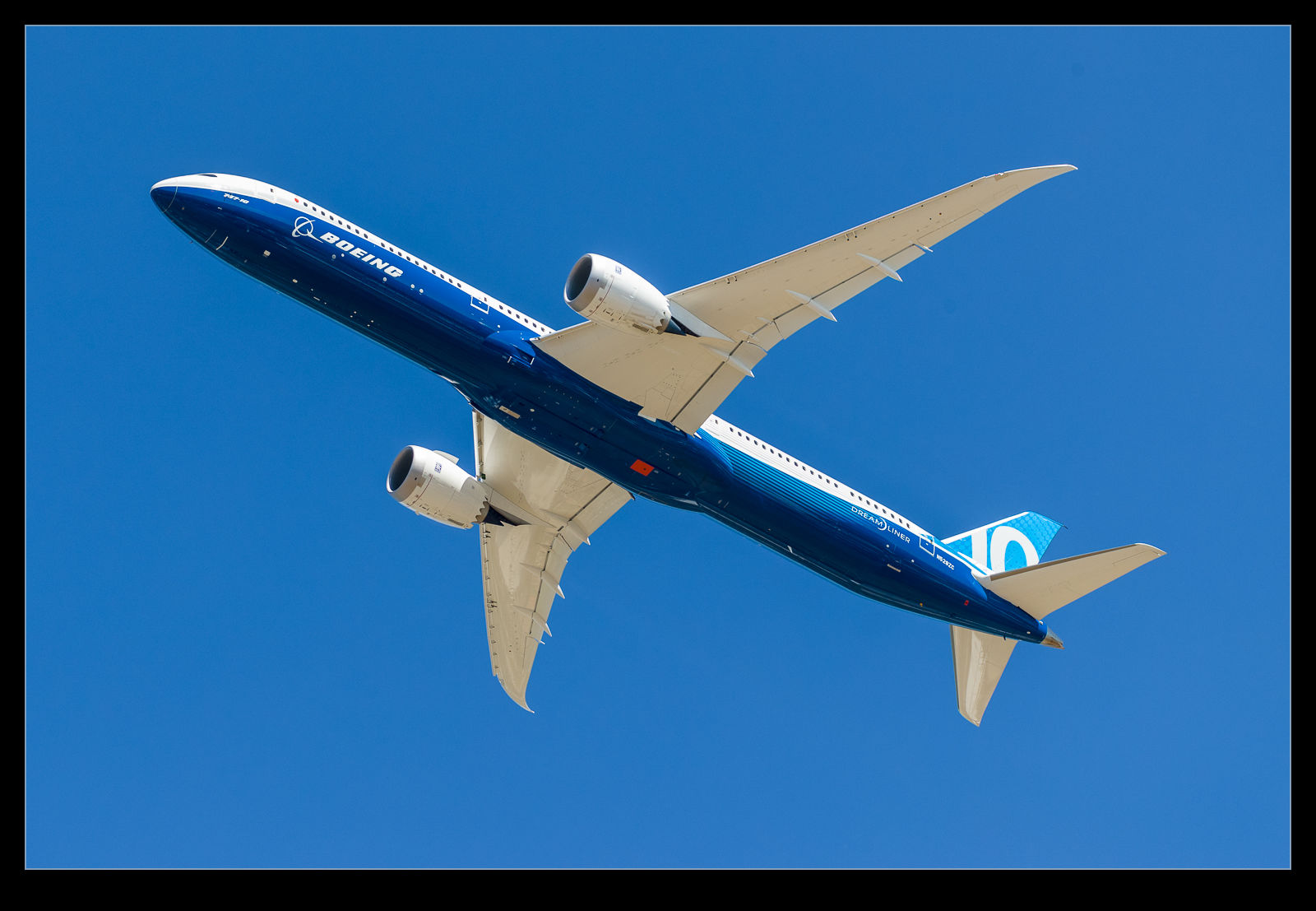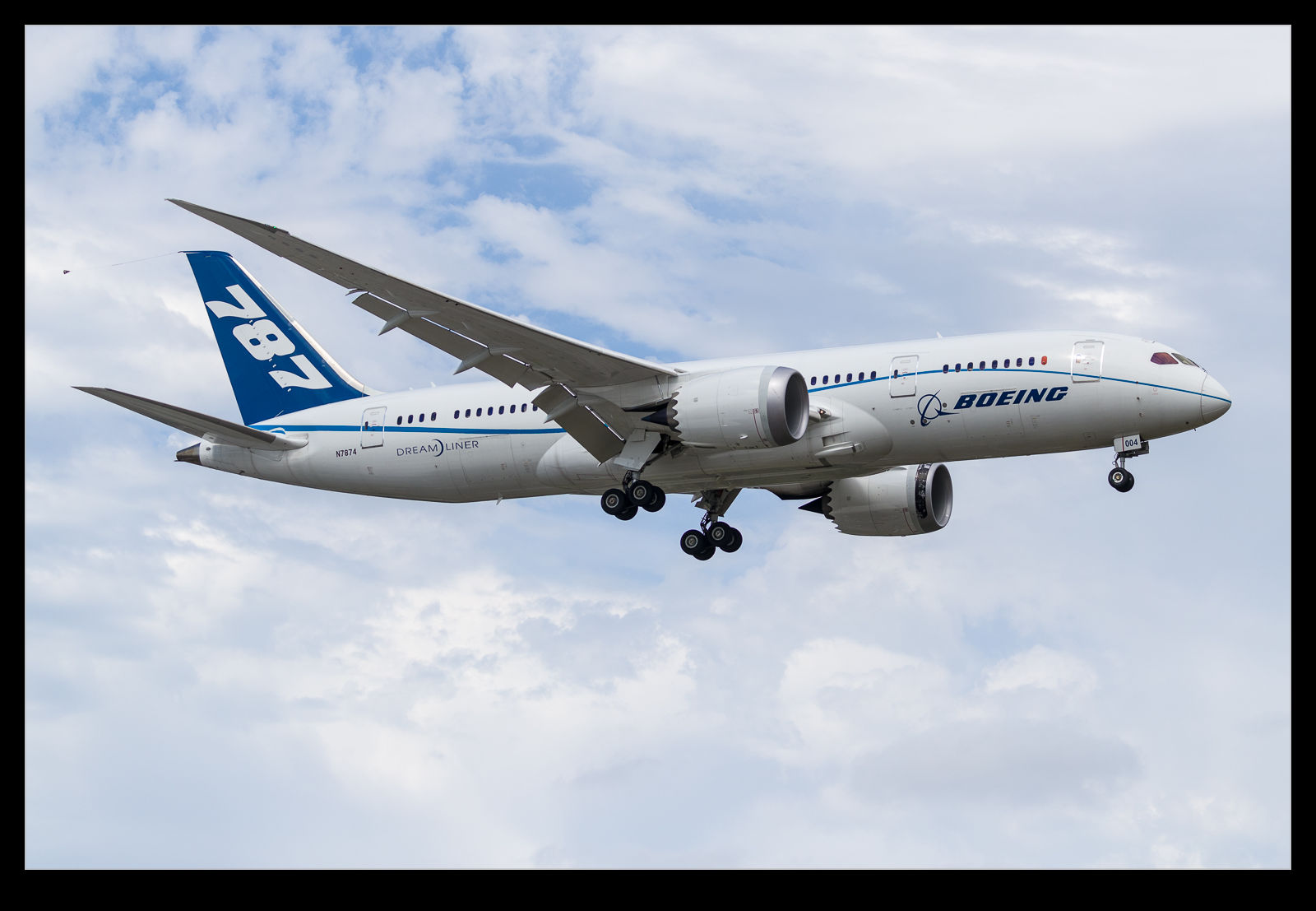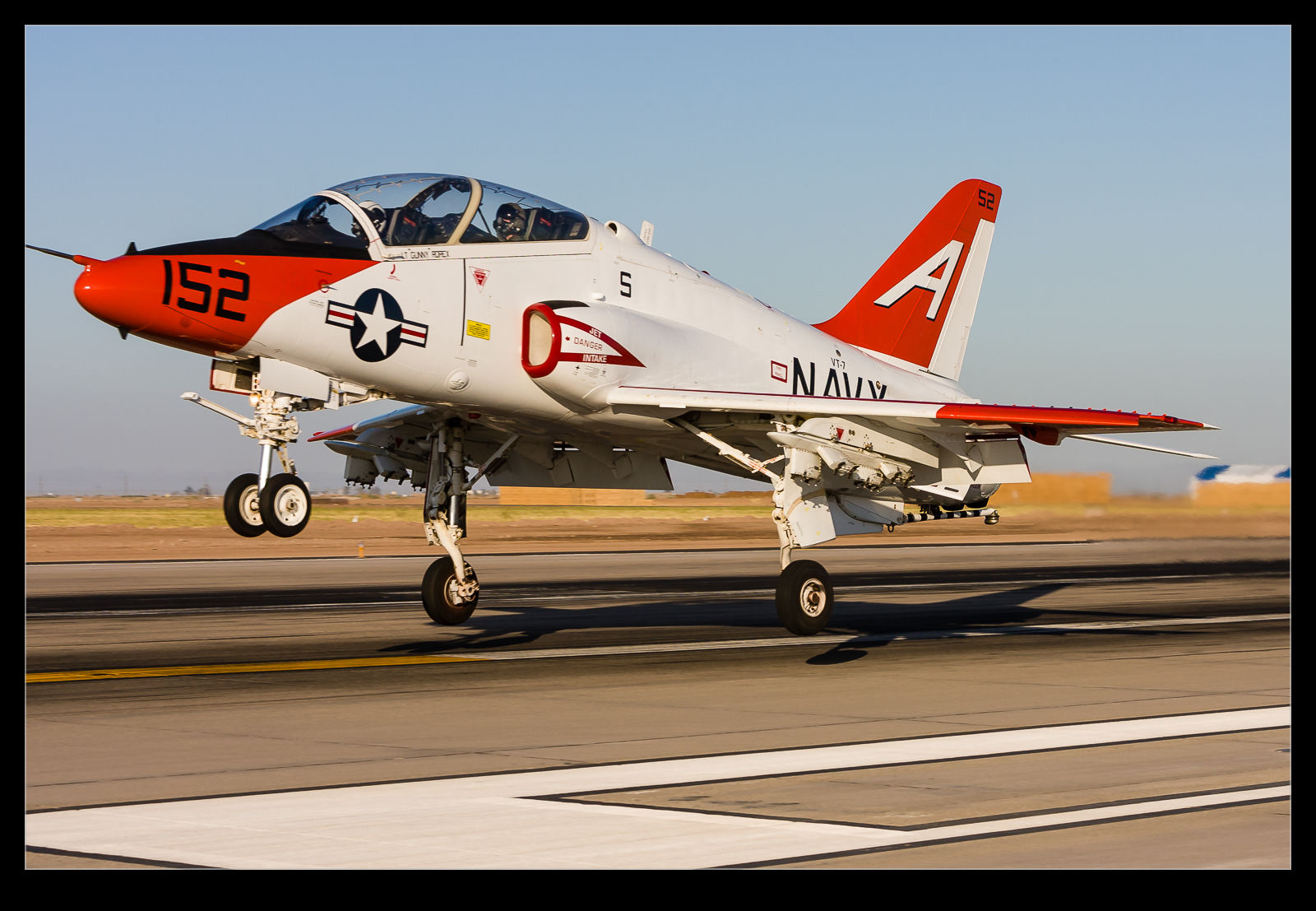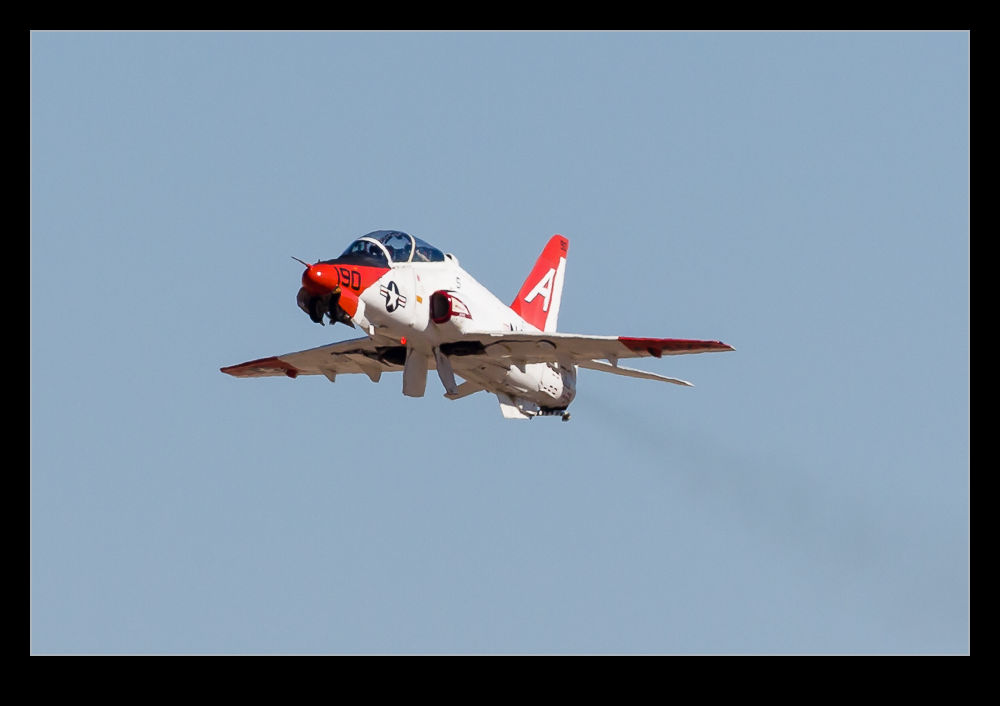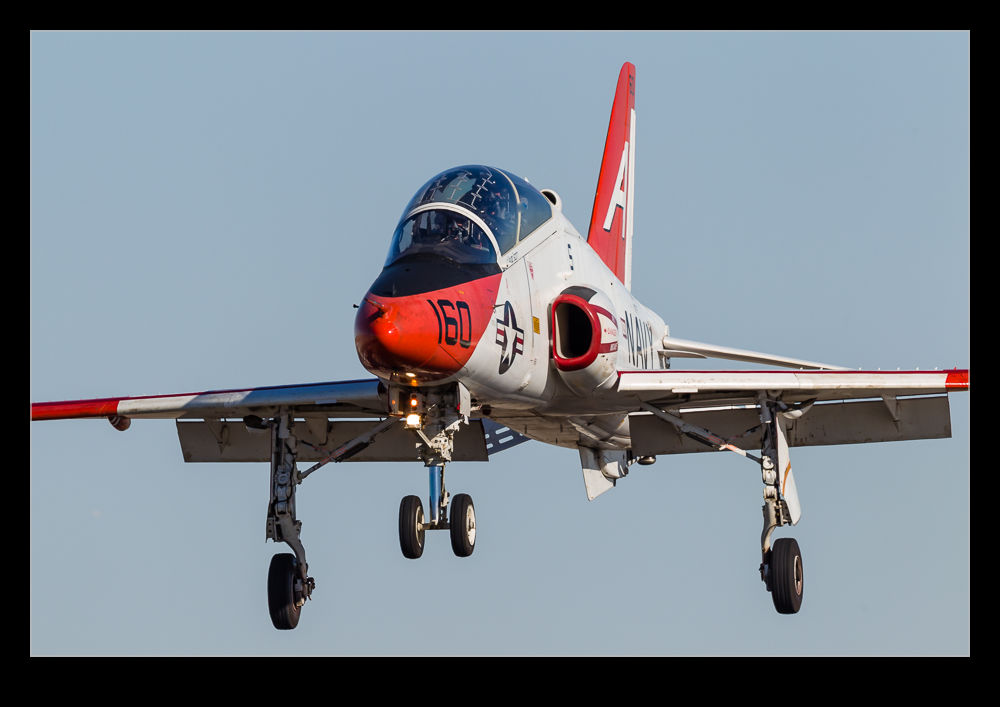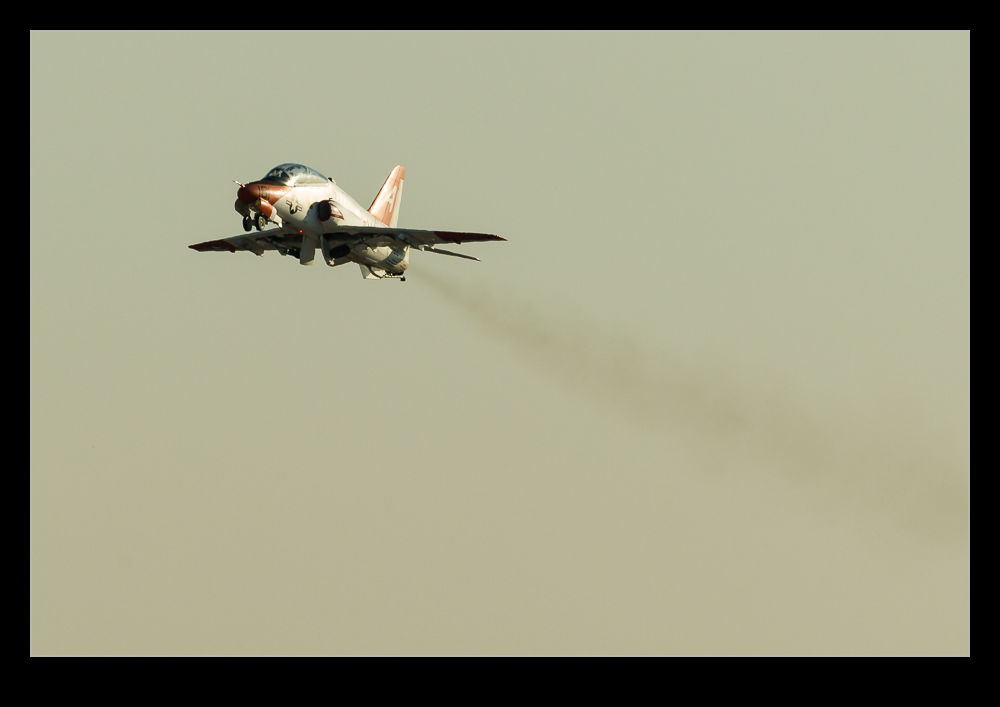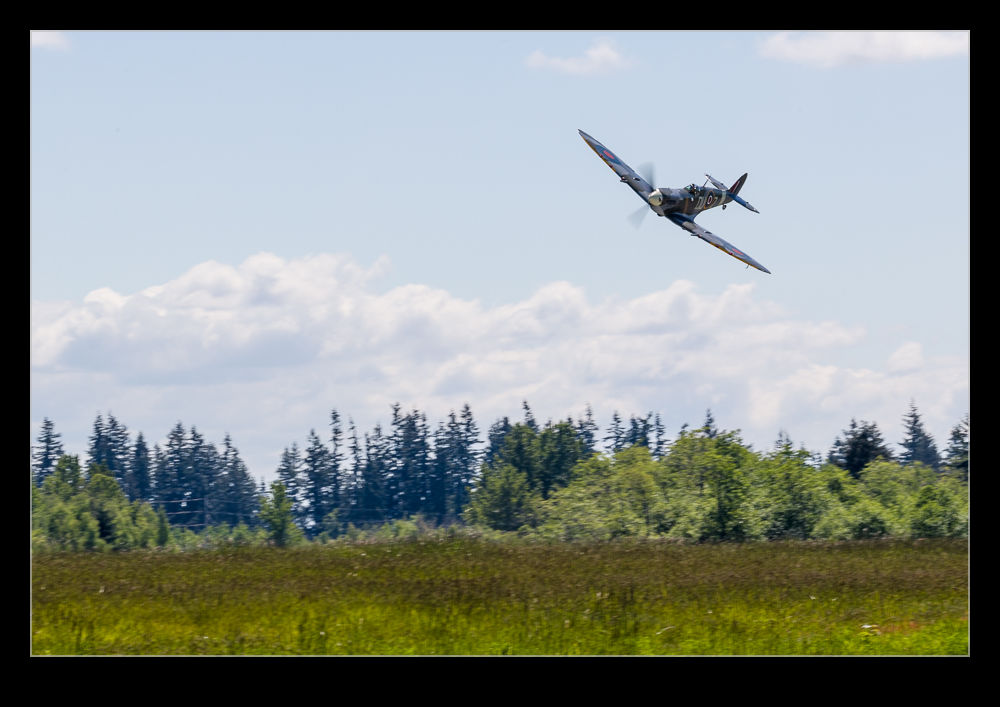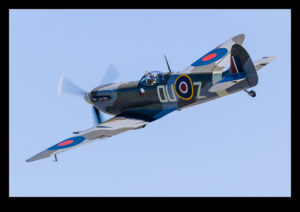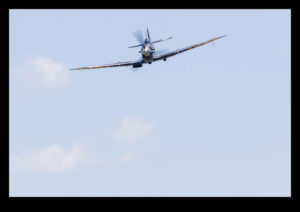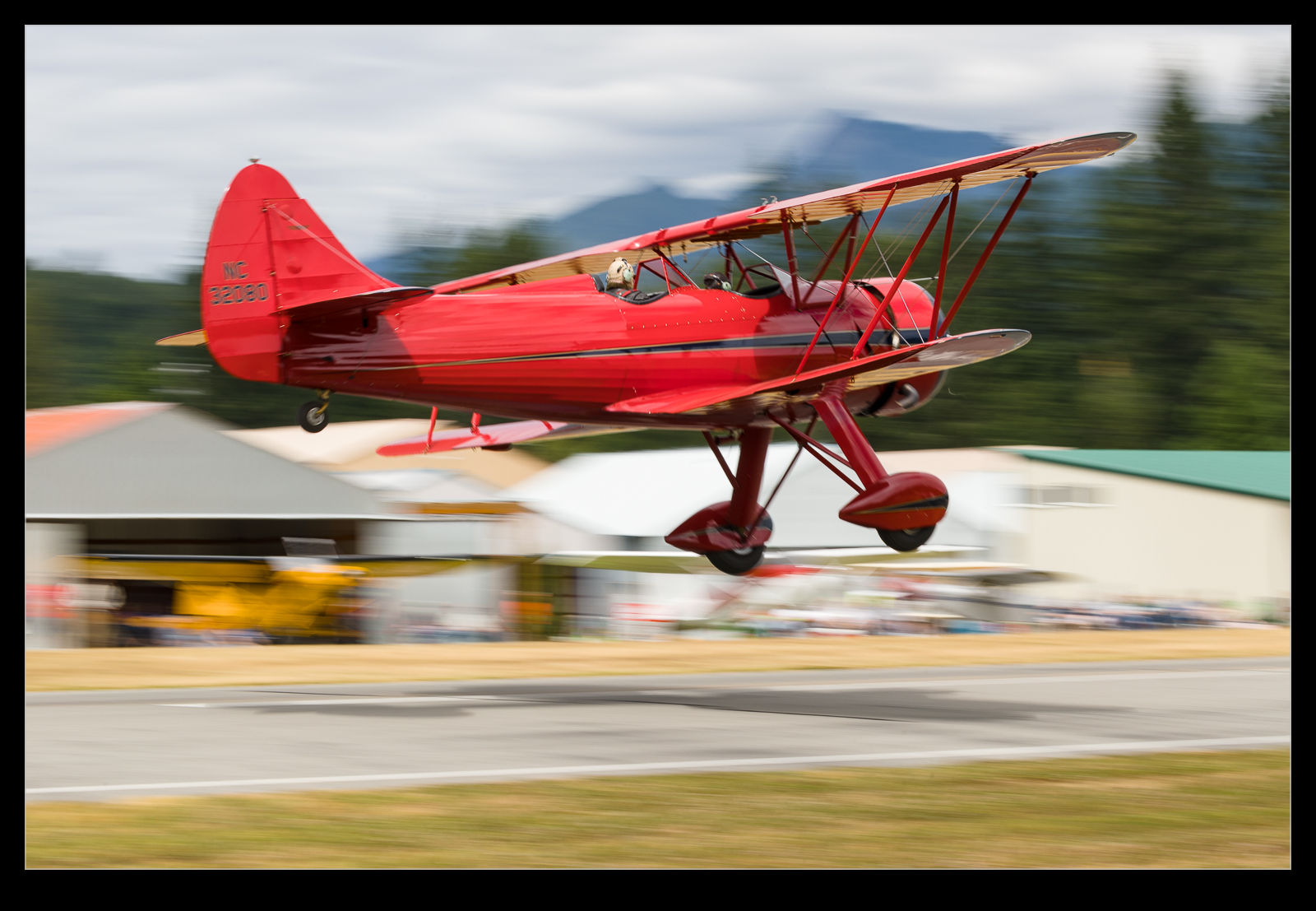 This post is really a question about what people like in an image and what they are prepared to tolerate. I was at Concrete for the vintage aircraft fly-in up there a while back. This is an event where you get to be very close to the aircraft. I was able to experiment with shutter speeds that were very low to get lots of prop blur. Because the planes are so close, you are not using a long lens and so the low shutter speeds are less likely to cause a problem with camera shake.
This post is really a question about what people like in an image and what they are prepared to tolerate. I was at Concrete for the vintage aircraft fly-in up there a while back. This is an event where you get to be very close to the aircraft. I was able to experiment with shutter speeds that were very low to get lots of prop blur. Because the planes are so close, you are not using a long lens and so the low shutter speeds are less likely to cause a problem with camera shake.
 However, another problem comes to the fore. Since you are so close, using a low shutter speed and photographing something that is moving past you, you get parallax issues with sharpness on the plane. The different parts of the plane are moving at different speeds relative to you as it passes so, if one part of the plane is sharp, another part is unlikely to be so. The question is, what is acceptable.
However, another problem comes to the fore. Since you are so close, using a low shutter speed and photographing something that is moving past you, you get parallax issues with sharpness on the plane. The different parts of the plane are moving at different speeds relative to you as it passes so, if one part of the plane is sharp, another part is unlikely to be so. The question is, what is acceptable.
 I have spoken to friends about this in the past. One or two of them have expressed their unhappiness with having a blurry part of the airframe. Others prefer the blur this allows to the background to emphasize the speed. Some are most bothered about the amount of blur on the prop.
I have spoken to friends about this in the past. One or two of them have expressed their unhappiness with having a blurry part of the airframe. Others prefer the blur this allows to the background to emphasize the speed. Some are most bothered about the amount of blur on the prop.
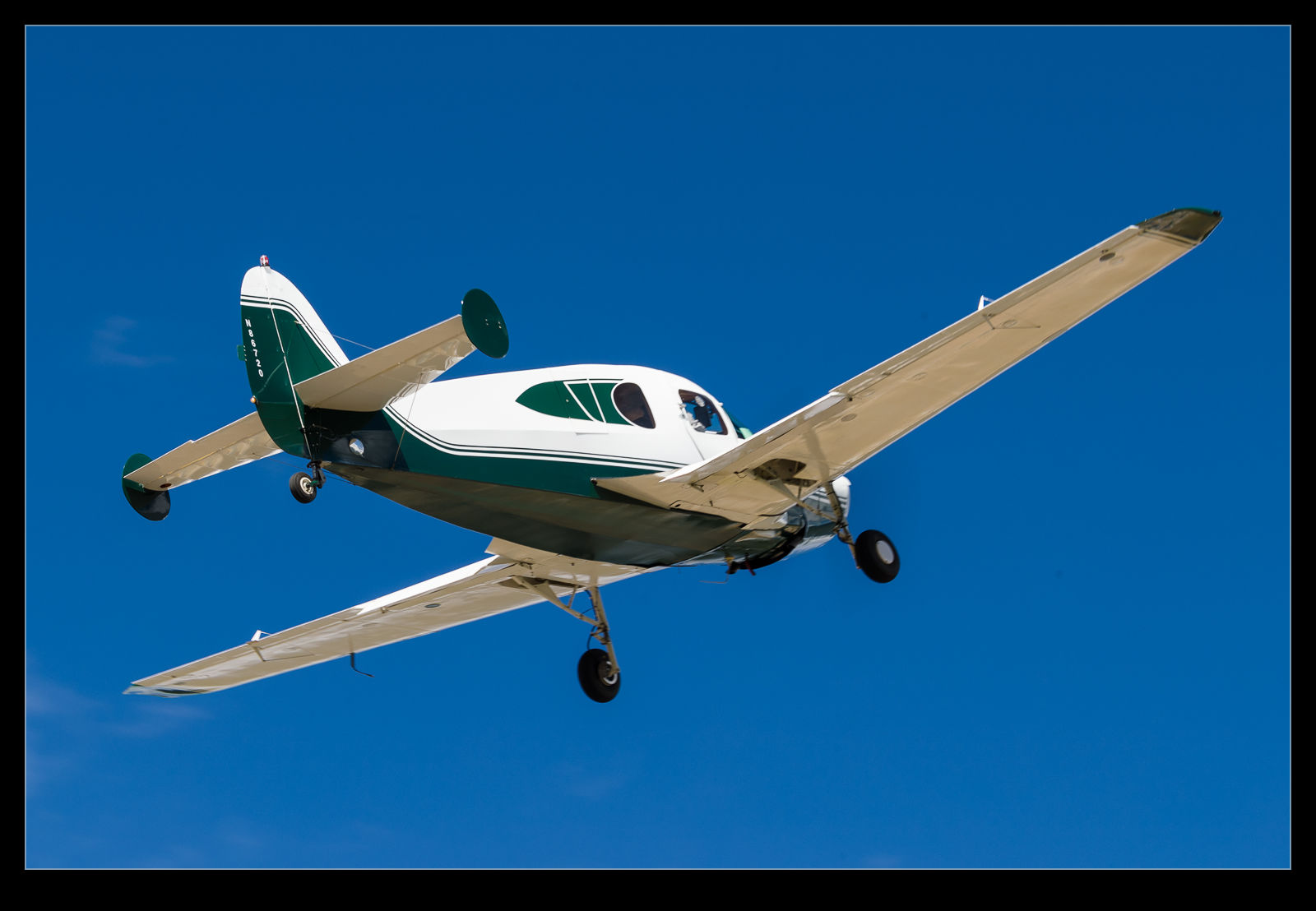 My first instinct with a shot is whether the nose is sharp. For me this is a bit like whether the eye is sharp on a wildlife shot. If the nose is sharp, I can tolerate a blurry back end. But, when the plane is going away from you, the tail is more prominent in the view. In this case, is it better to have the tail sharp than the nose since the blur of the backend will be the thing you see first and will drive your first impression of the image. I would really like to know what people prefer.
My first instinct with a shot is whether the nose is sharp. For me this is a bit like whether the eye is sharp on a wildlife shot. If the nose is sharp, I can tolerate a blurry back end. But, when the plane is going away from you, the tail is more prominent in the view. In this case, is it better to have the tail sharp than the nose since the blur of the backend will be the thing you see first and will drive your first impression of the image. I would really like to know what people prefer.

